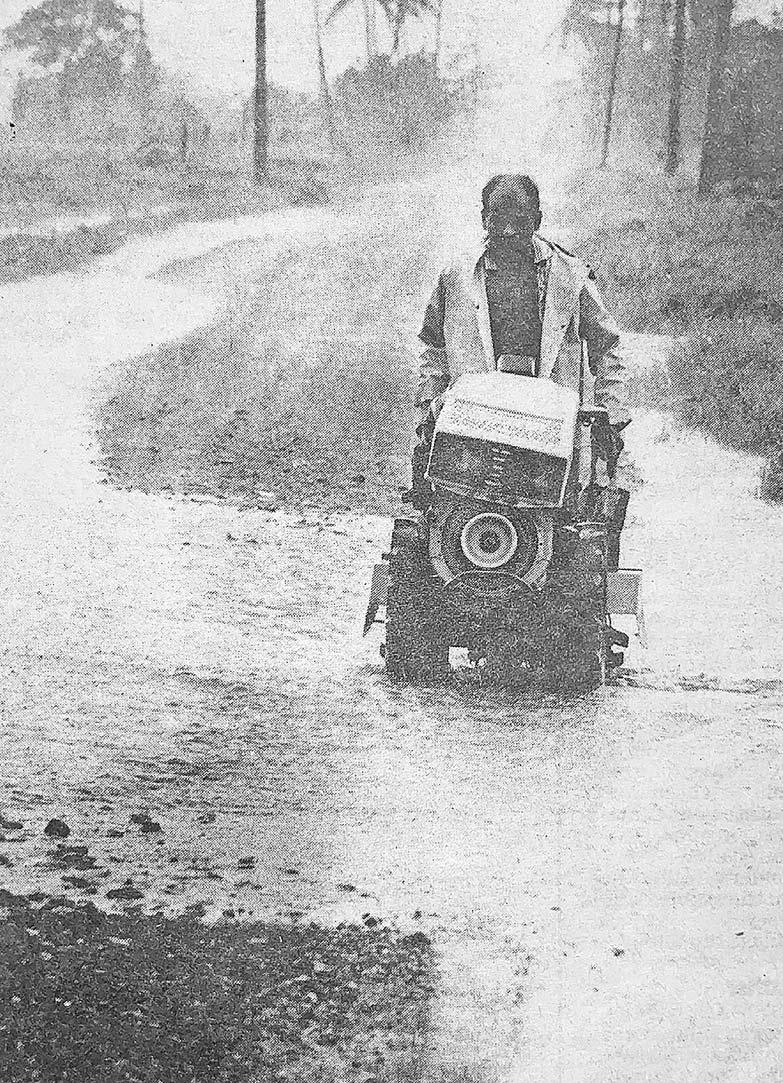Before the likes of Winston, there were cyclones like Nina and Kina.
On Friday, January 1, 1993, The Fiji Times reported that Cyclone Kina was positioned approximately 470 kilometres northwest of Nadi, having been stationary since Tuesday that week.
Meanwhile, Cyclone Nina, which originated in the Gulf of Carpentaria, was advancing eastward towards Kina.
According to Rajendra Prasad, the acting director of Meteorology, there was uncertainty surrounding the interaction between the two cyclones.
He said that while the exact impact of Cyclone Nina on Kina was unclear, the two systems could not merge; one cyclone would ultimately yield to the other.
“Cyclone Nina is slightly less intense than Kina but it was expected to intensify,” said Mr Prasad, “It is a fairly complicated situation.”
If Cyclone Nina continued its eastward trajectory, it was anticipated that Kina would move between East and South.
Mr Prasad noted that Kina might remain slow-moving until Nina approached sufficiently to influence its path.
Despite Cyclone Nina being less intense than Kina, it was expected to strengthen.
Mr Prasad described the situation as complex and emphasised the need for patience until a more defined trend in Kina’s path emerged.
At the time, Cyclone Kina was maintaining hurricane-force winds with maximum average speeds of 75 knots and gusts up to 110 knots.
Satellite images revealed poor cloud organisation and an invisible eye of the cyclone.
Fiji remained under a cyclone alert, though it was believed the country would not face direct impact from the cyclone in the immediate future.
Preparations were underway, with residents in the west securing their homes.
Blue Lagoon Cruises had suspended operations for safety reasons, and Nadi Airport continued to function without disruption.
The Civil Aviation Authority of Fiji assured that safety measures were in place.
Resorts in the Yasawas and Mamanucas were boarding up their facilities, and tourists from offshore resorts were relocating to the mainland to catch their international flights.
In Lautoka, the Disaster Management Services Committee (DISMEC) convened to address the situation.
Additionally, it was reported that new weather and wind radar equipment which Fiji hoped to acquire with Australian funding, would not be installed before the 1993-94 financial year.
An Australian team was scheduled to visit Nadi the following month to assess the requirements and discuss potential sites.
Government also planned to establish a new weather station in Nadi.



